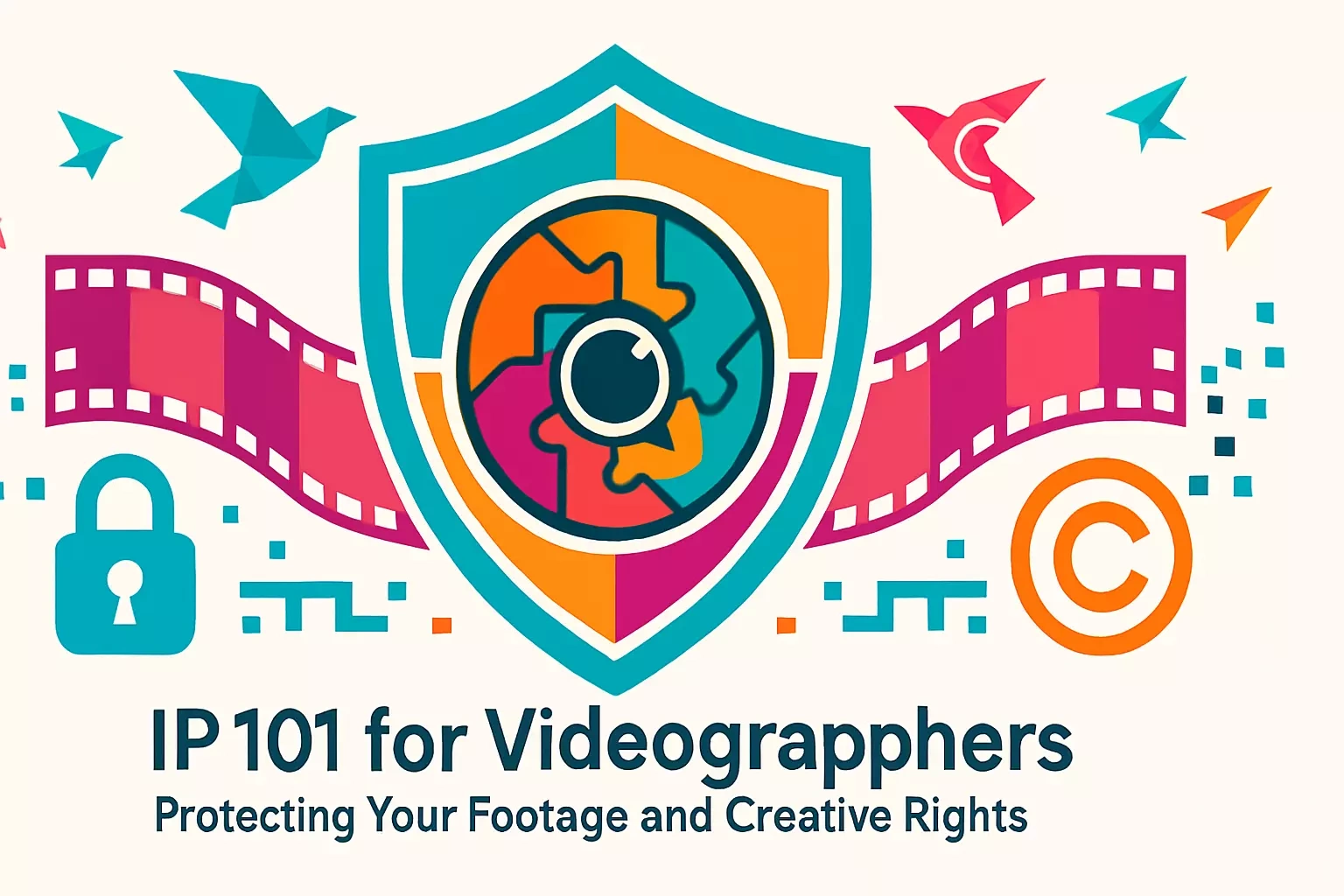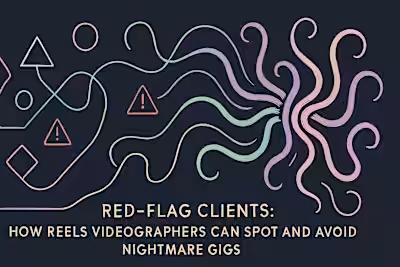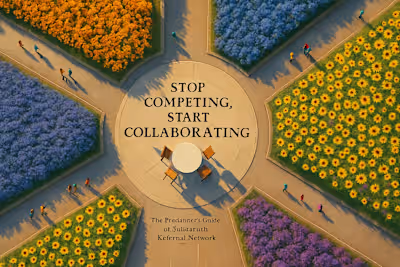IP 101 for Videographers: Protecting Your Footage and Creative Rights

IP 101 for Videographers: Protecting Your Footage and Creative Rights
Copyright Basics: The Foundation of Your Rights
What is Copyright and How Does it Work?
What Rights Does Copyright Give You?
The Importance of Registering Your Copyright
Who Owns the Work? Freelancer vs. Client
The Default Rule: The Creator Owns the Copyright
Understanding 'Work for Hire'
Negotiating Ownership in Your Contract
Licensing: Monetizing Your Footage and Granting Permissions
What is a License?
Exclusive vs. Non-Exclusive Licenses
Defining Usage Rights
Permissions and Releases: Staying Legally Compliant
Using Music and Sound Effects
Model and Property Releases
Fair Use: A Limited Exception
Conclusion
References
IP 101 for Videographers: Protecting Your Footage and Creative Rights
Copyright Basics: The Foundation of Your Rights
What is Copyright and How Does it Work?
What Rights Does Copyright Give You?
The Importance of Registering Your Copyright
Who Owns the Work? Freelancer vs. Client
The Default Rule: The Creator Owns the Copyright
Understanding 'Work for Hire'
Negotiating Ownership in Your Contract
Licensing: Monetizing Your Footage and Granting Permissions
What is a License?
Exclusive vs. Non-Exclusive Licenses
Defining Usage Rights
Permissions and Releases: Staying Legally Compliant
Using Music and Sound Effects
Model and Property Releases
Fair Use: A Limited Exception
Conclusion
References
Posted Jun 30, 2025
Who owns your video content? This guide breaks down intellectual property, copyright, and usage rights for Reels videographers to help you protect and monetize your work.
0
29







